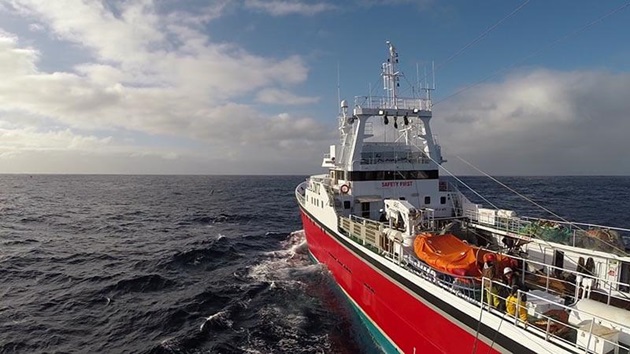Overfishing is a serious global problem that threatens ocean wildlife and biodiversity. Loss of marine life brings a further threat to the millions of people who rely on seafood for protein and livelihoods.
What is overfishing and why is it a problem?
Overfishing occurs when too many fish in a particular stock are caught and there are not enough adults to breed and sustain a healthy population.
The level of overfishing has been increasing in recent decades and the number of overfished stocks is now three times higher than in 1970. The United Nations Food and Agriculture Organization monitors over 500 fish stocks around the globe. In 2024, it is estimated that over 37% of these fish stocks were overfished.
For communities reliant on fishing, the impact of stock collapses can be devastating. Overfishing is also a concern for the wild marine environment as it is one of the major causes of the loss of ocean biodiversity.
In the early 90s, the impact of overfishing was increasingly a concern, culminating in the devastating collapse of Canada’s Grand Banks cod fishery in 1992. Over 35,000 fishers and plant workers from more than 400 coastal communities lost their jobs.
This event was one of the catalysts for the creation of the MSC and the MSC Fisheries Standard - now the most globally recognised standard for sustainable, well-managed fisheries.
Overfishing explained
Overfishing facts
According to the United Nations FAO's 2024 State of World Fisheries and Aquaculture (SOFIA) report:
- Over a third (37.7%) of fish stocks have been fished beyond sustainable limits.
- In 2020, global capture fisheries production was 90.3 million tonnes – a fall of 4.0 percent compared with the average over the previous three years.
- The fraction of fishery stocks within biologically sustainable levels decreased to 64.6 percent in 2019, 1.2 percent lower than in 2017. However, 82.5 percent of the 2019 landings were from biologically sustainable stocks, a 3.8 percent improvement from 2017.
- The total number of fishing vessels in 2020 was estimated at 4.1 million, a reduction of 10 percent since 2015, reflecting efforts by countries, in particular China and European countries, to reduce the global fleet size.
- Global consumption of aquatic foods (excluding algae) has increased at an average annual rate of 3.0 percent since 1961, compared with a population growth rate of 1.6 percent. On a per capita basis, consumption of aquatic food grew from an average of 9.9 kg in the 1960s to a record high of 20.5 kg in 2019, while it slightly declined to 20.2 kg in 2020.
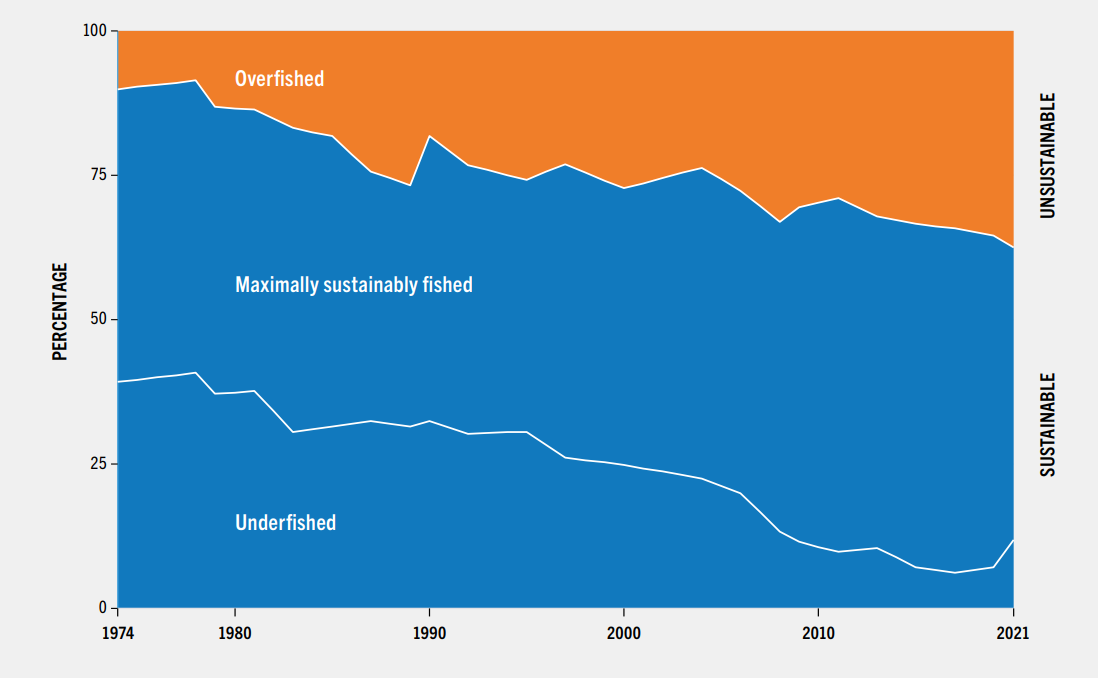
FAO. 2024. The State of World Fisheries and Aquaculture 2024. Blue Transformation in action. Rome.
What are the effects of overfishing?
When overfishing happens, populations of fish decline. The main effects of overfishing can be:
- Fish stocks collapse affecting marine biodiversity, and can take decades to recover threatening livelihoods, communities, and food security
- The price of fish can increase as supply falls and demand continues to increase
- Fishing can become harder and less efficient
- When one fish species is removed from an ecosystem it can lead to an ecosystem collapse
- Protein demand shifts to other parts of the ocean or land placing pressure on other food systems
What is the main cause of overfishing?
When too many boats chase too few fish, there can be an overfishing situation. This can be due to short-term profit or because of a lack of data and foresight. If we don't know how many fish there are and how much is being taken, it is very difficult to know how healthy a fish stock is. Illegal and unreported fishing is one reason for this.
The main causes of overfishing include:
- Taking fish at a rate that is faster than they can reproduce
- Not knowing how many fish have been taken, such as illegal, unreported or unregulated fishing
- Taking juvenile fish that haven't yet reproduced
- Short-termism - being too focused on short-term profits and not thinking about the future
Bycatch - the unintentional catch of non-target species (find out more on bycatch reduction devices)
Any kind of fishing can contribute to overfishing. Often overfishing is associated with commercial fishing, but it can also be due to other forms of fishing, such as the environmental effects of recreational fishing.
Take the overfishing quiz
Is there overfishing in Australia?
Strong fisheries management exists in Australia. Despite this, overfishing is occurring. The 6th edition of FRDC's Status of Australian Fish Stocks (SAFS) shows that 316 of the 503 Australian fish stocks are now considered sustainable, with the rest recovering (16), depleting (13) or depleted (45).
Be wary of false claims that "all fishing in Australia is sustainable." Look for credible claims about seafood that are specific, truthful, and backed up by evidence, such as seafood with the MSC blue fish tick label.
Australia’s Southern Bluefin Tuna Purse Seine Fishery Achieves MSC Certification
In a historic first, the Australian Southern Bluefin Tuna Industry Association (ASBTIA) has had their purse seine fishery certified as sustainable to the Marine Stewardship Council (MSC) standard - a significant milestone for a sought-after species once severely overfished.
Is there overfishing in New Zealand?
According to the Ministry for the Environment of New Zealand’s commercial fish stocks, 17 per cent were assessed as overfished in 2015, comparing favourably to about 29 per cent of overfished fish stocks worldwide.
Meanwhile, there are concerns about fishing in the Hauraki Gulf that stem from overfishing, habitat degradation, and the decline of key species.
Orange roughy from overfished to outstanding
How illegal fishing contributes to overfishing
Illegal, unregulated and unreported (IUU) fishing contributes to the problem of overfishing. It can take place without concern for the environment or the strict regulations on fishing quotas.
Estimated to be worth US$10-23.5 billion annually, IUU fishing threatens the sustainability of fish populations, ecosystems and the livelihoods of those who fish legitimately.
The MSC program helps to drive out IUU fishing by disqualifying fisheries if they systematically engage in IUU fishing, or where IUU fishing by others is having a negative impact on the sustainability of the overall fishery.
Patagonian toothfish (or Chilean seabass) is a good example of how fisheries are driving out IUU. For many years, uncontrolled IUU fishing was contributing to the decline of this high-value species.
Today, decisive action by six major toothfish fisheries – representing over 50% of world populations – has virtually eliminated IUU in the Southern Ocean. This has led to a significant recovery of the stocks and contributed to MSC certification of the fisheries.
Find out more about toothfish
Illegal fishing
Solutions to overfishing
Solutions to overfishing include:
- Choosing certified sustainable seafood
- Sustainable fishing practices
- Government regulation
- Removal of harmful fishing subsidies
- Reducing bycatch
- Marine protected areas
- Responsible aquaculture
- Tackling food waste
The Marine Stewardship Council (MSC) is on a mission to end overfishing and set standards for sustainable fishing and traceability within the seafood supply chain.
The MSC aims to engage a third of the total global marine catch in the MSC Program by 2030.
When you shop for seafood, look for the MSC blue fish tick label. This means seafood can be traced back to an MSC-certified sustainable fishery.
.png?sfvrsn=8f0f562b_4)
Find out more about practical solutions to tackle overfishing.
How the MSC tackles overfishing
This video explores the effects of overfishing on marine ecosystems and explains how the Marine Stewardship Council (MSC) supports sustainable fishing through its certification programme. It underscores the importance of choosing MSC-certified products to safeguard ocean health and maintain fish stocks for the future.
Your guide to sustainable seafood
Find out where to buy, what to look for and the questions to ask.
Find out more
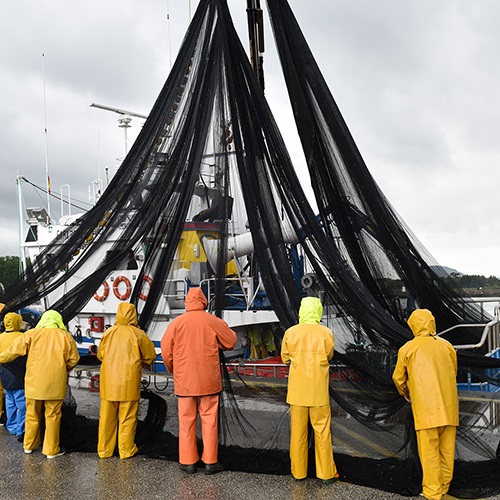
Our approach
Our approach means everyone can play a part in that future while enjoying seafood, not avoiding it.
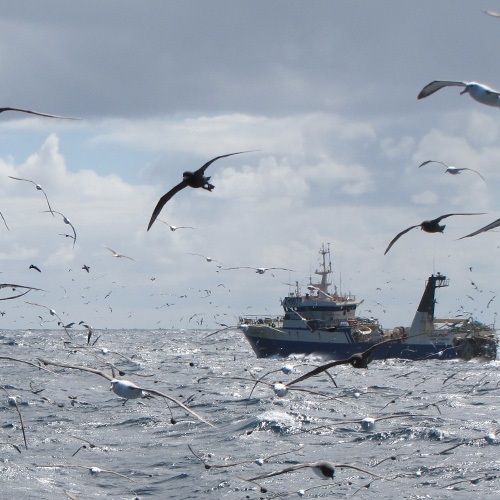
Our collective impact
For more than 20 years fisheries, scientists, consumers and industry have been part of a collective effort to make sure our oceans are fished sustainably.
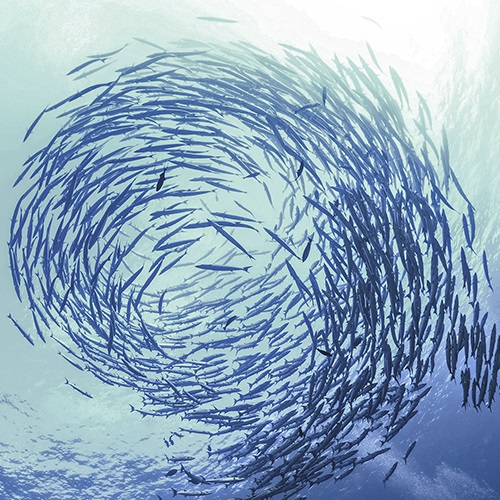
What is sustainable fishing?
Sustainable fishing means leaving enough fish in the ocean, respecting habitats and ensuring people who depend on fishing can maintain their livelihoods.




